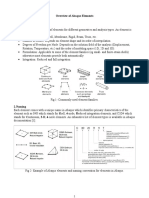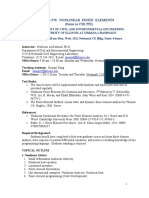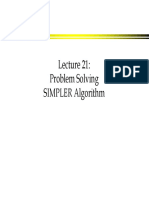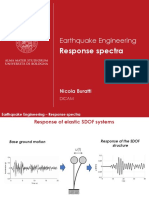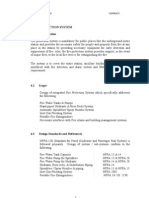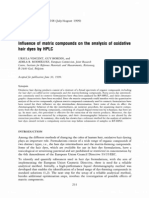0% found this document useful (0 votes)
542 views109 pagesStructural Analysis Using ANSYS
The document provides an overview of Finite Element Analysis (FEA), detailing its definition, steps, and applications across various engineering fields. It emphasizes the importance of discretization, meshing, and element selection in achieving accurate results while discussing the benefits and limitations of FEA. Additionally, it highlights the use of software tools like ANSYS for performing complex analyses and the significance of nodes and elements in the modeling process.
Uploaded by
Ajay Vasanth XCopyright
© © All Rights Reserved
We take content rights seriously. If you suspect this is your content, claim it here.
Available Formats
Download as PDF, TXT or read online on Scribd
0% found this document useful (0 votes)
542 views109 pagesStructural Analysis Using ANSYS
The document provides an overview of Finite Element Analysis (FEA), detailing its definition, steps, and applications across various engineering fields. It emphasizes the importance of discretization, meshing, and element selection in achieving accurate results while discussing the benefits and limitations of FEA. Additionally, it highlights the use of software tools like ANSYS for performing complex analyses and the significance of nodes and elements in the modeling process.
Uploaded by
Ajay Vasanth XCopyright
© © All Rights Reserved
We take content rights seriously. If you suspect this is your content, claim it here.
Available Formats
Download as PDF, TXT or read online on Scribd
/ 109


